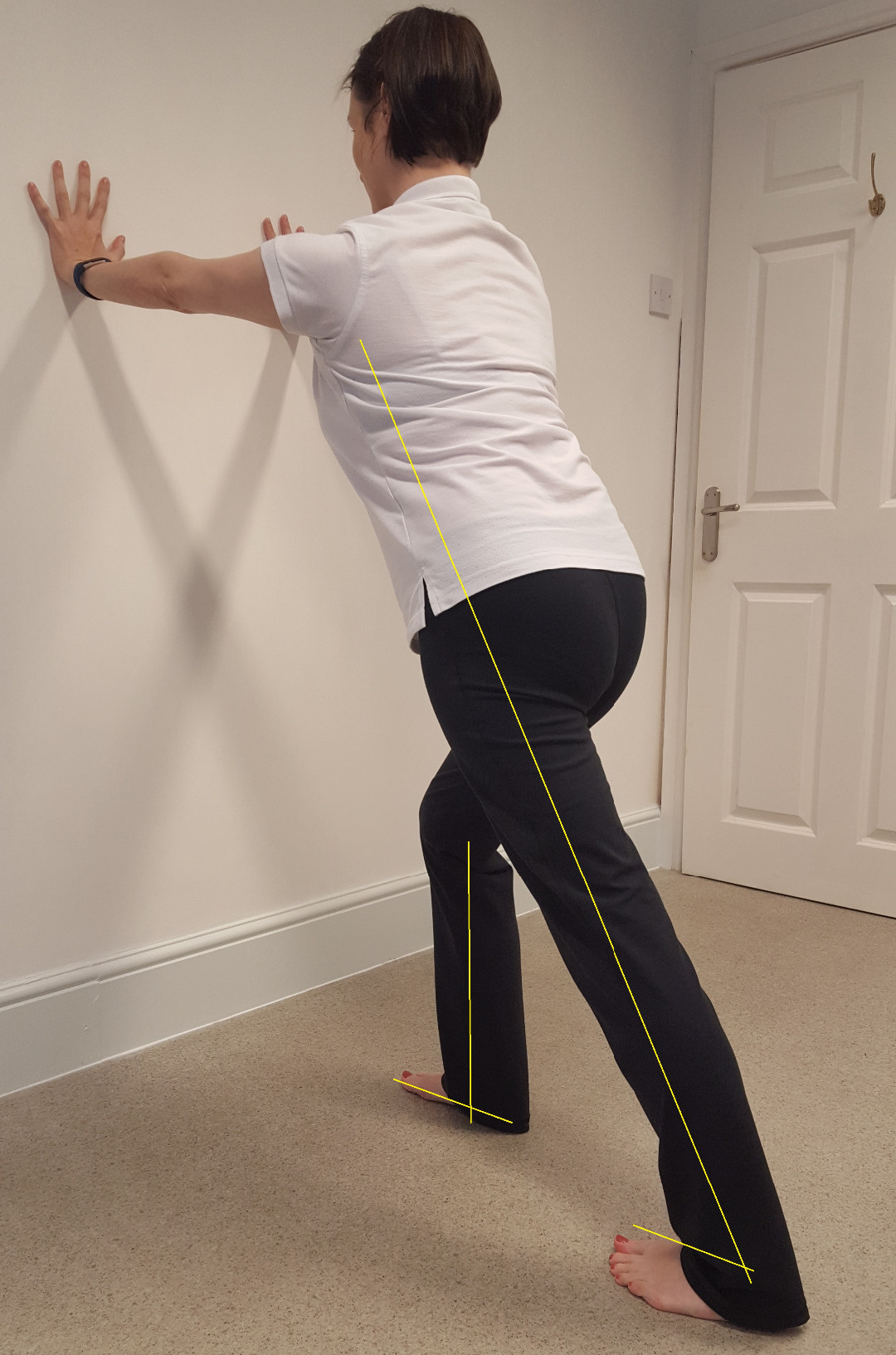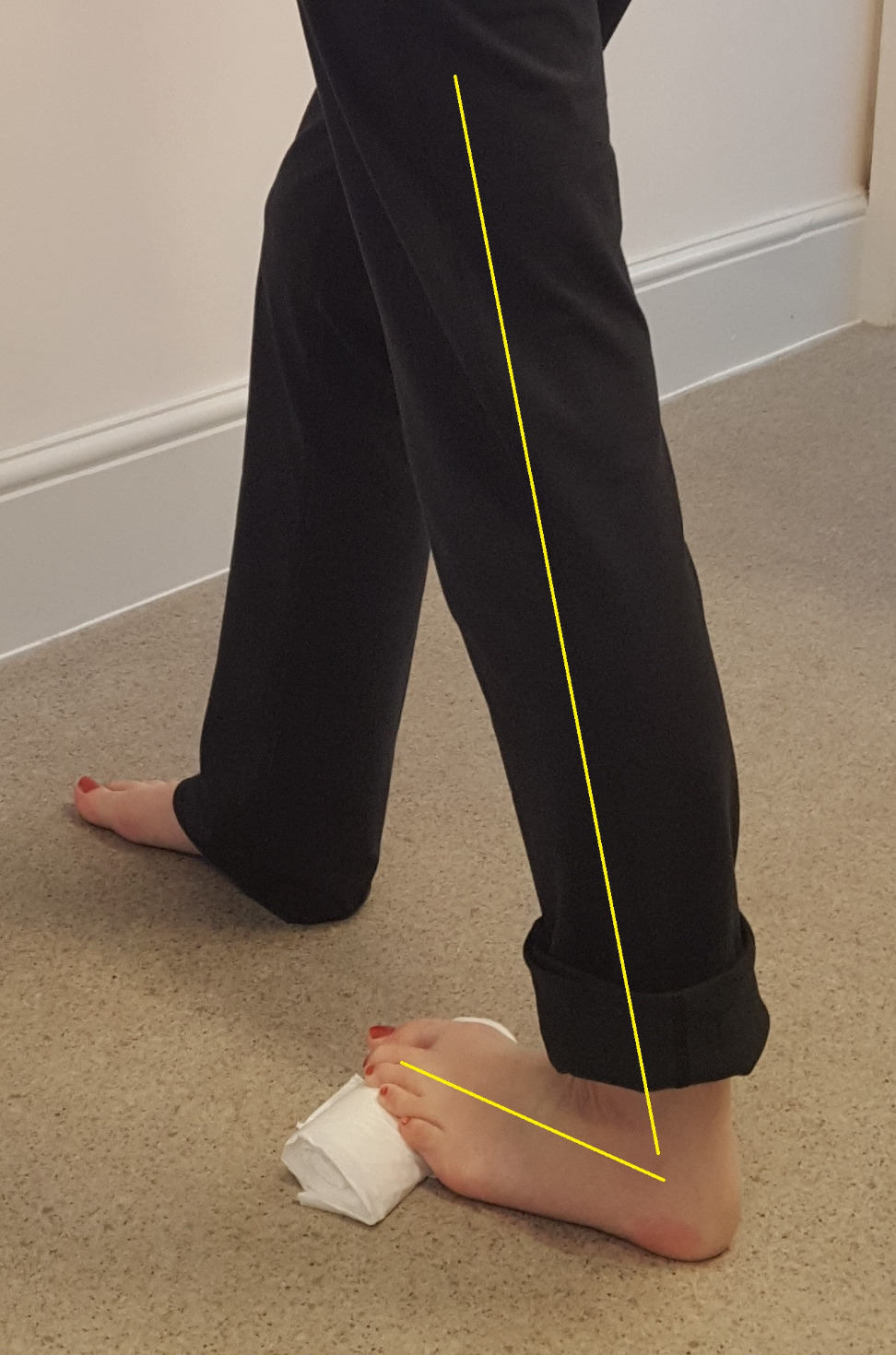So, what can a podiatrist do for my plantar fasciitis?
Posted on 14th June 2017 at 10:37
A podiatrist is a lower limb specialist and has, you will be glad to know, a plethora or treatments in their armoury.
In your first appointment, they will check if you have been wearing good footwear and had a go at stretching.
They will take a history and decide if your plantar fasciitis is acute or chronic.
Acute plantar fasciitis responds well to a treatment called low-dye strapping. This sports strapping supports the foot and allows you to go about your daily business and wear ordinary shoes. It lasts several days and can help reduce inflammation and get you over a ‘hump’ in your recovery. Low-dye strapping is also a good indicator of how you would respond to orthotic therapy. Sometime the strapping needs to be repeated weekly to get the best recovery.








